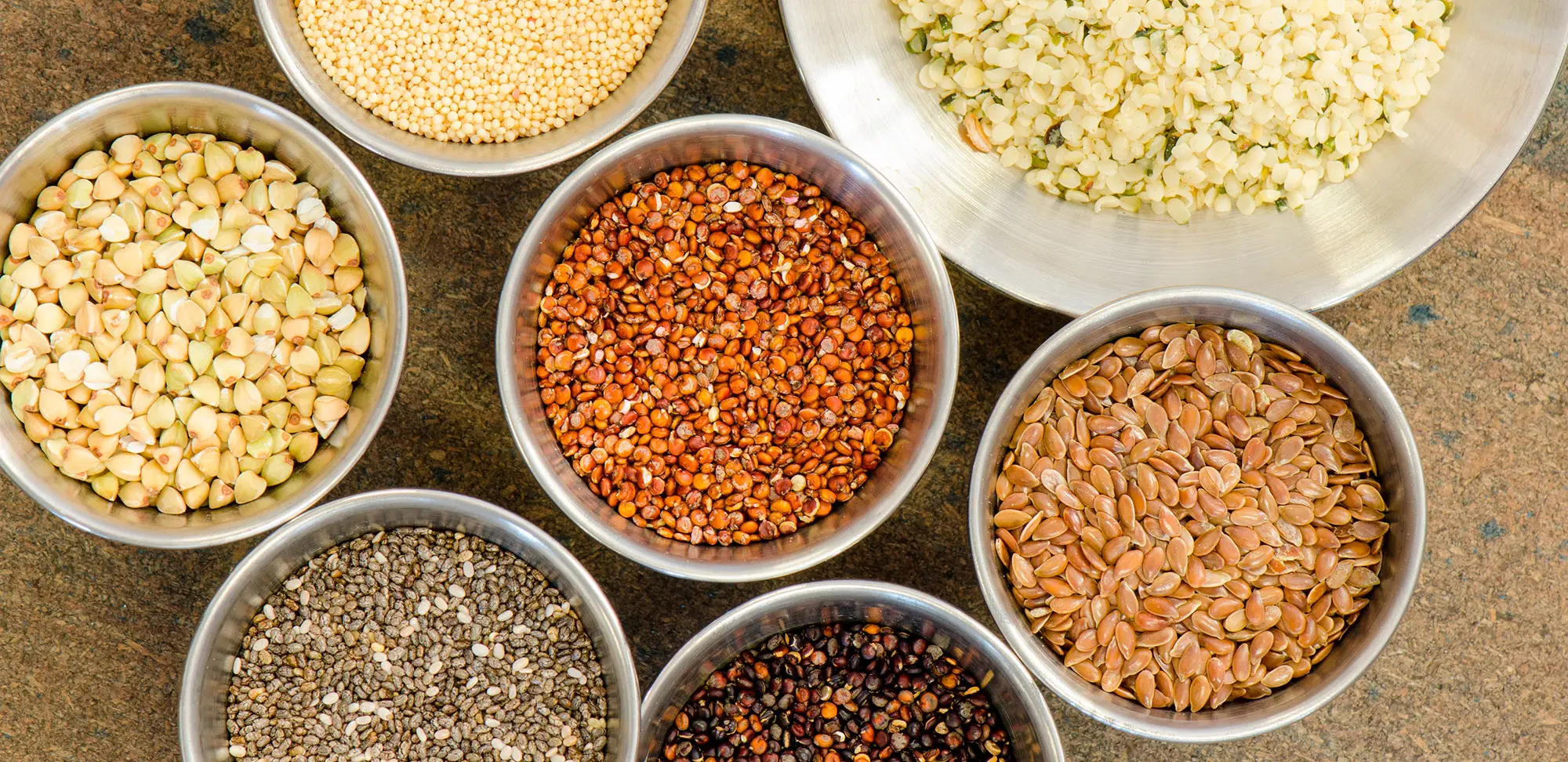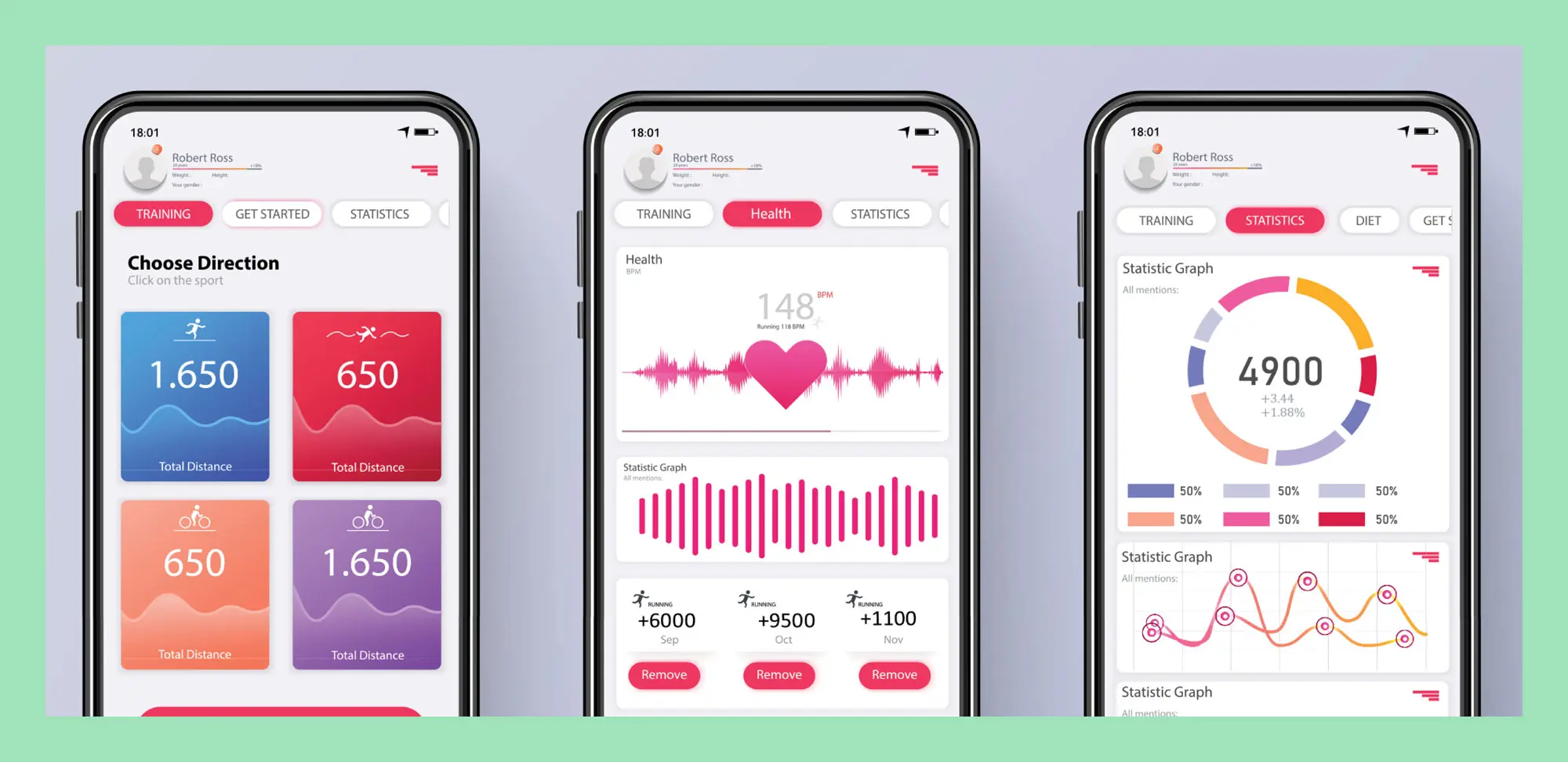A survey conducted by Statistics Canada from April 10 to May 1, 2022, found that nearly three in four Canadians felt rising prices affected their ability to meet day-to-day expenses, including food. Not surprising, since between April 2021 and April 2022 the price of food rose by 9.7 per cent.
If you’re feeling the sting of rising food costs, here are some tips to help you eat healthy, tasty meals on a budget.
- Start with an inventory of your pantry, fridge and freezer. Check best-before dates and plan menus around foods whose dates are expiring. Stock up on canned goods, staples and frozen foods when they are on sale.
- Before shopping, make a list. This will help you make thoughtful, healthier choices and cut down on impulse buying. Check out flyers, coupons and websites for specials for the items on your list. Making a master list of foods you often buy as a reference for your weekly list provides an invaluable guide and means you’ll be less likely to forget something major like milk or bread.
- When comparing two brands to find the best buy, check the unit price, which is often displayed on the front of the grocery shelf on which the product sits. For example, a cereal price label will include a unit price for each 100 grams, making it easier to quickly figure out which brand is cheapest. Also, compare prices on generic and brand-name products. Sometimes there is a significant difference. Foods sold in single-serve packaging often cost more. Best to choose the full-size version and divide it up yourself.
- Products getting close to their best-before dates and slightly bruised produce may be offered at a lower price or percentage discount but can be just as healthy as their more-perfect counterparts.
- With meat prices on the rise, consider adding more plant-based proteins such as lentils, canned beans, nuts, chickpeas, edamame or other soy products to your diet. Your budget, your heart and the planet will welcome a vegetarian chili, a hearty curried lentil soup or stew, a tofu stir-fry or roasted cauliflower with hummus.
- When buying meat and chicken, always check flyers for sales. If you find a great buy, stock up and stash it in the freezer. Look for cheaper cuts like eye of round and sirloin tip and cook them low and slow or marinate. Both lean ground beef and ground chicken are usually good buys, as are chicken drumsticks — they’ll provide essential protein, vitamins and iron. Canned fish such as salmon, sardines and light tuna are often on special and are less expensive than fresh.
- Local, in-season fruit and vegetables are usually less expensive, but right now it’s winter and you’ll do best with frozen and canned produce. You’ll get lots of nutrition and no waste. Remember, frozen produce is processed at its peak of ripeness and nutrient content. If buying canned, look for no added salt and sugar. Frozen fruit does well in smoothies and added to cereal and yogurt.
- Bulk buying can be economical but only if you know you will use it all or you have room to store or freeze it. Rice, grains, oats, legumes and lentils can be stored in airtight containers for a long time and used as the basis of inexpensive meals. When you cook them, make enough for one or two extra meals. For example, toss your leftover brown rice with some red peppers, onion, tomatoes, feta cheese and a light dressing.
- Root vegetables such as carrots, squash, turnip, potatoes and beets have a long shelf life, tend to be less expensive and are nutritional all-stars. I often roast a big pan of root vegetables, eat them as side dishes on day one, then add them to soups or salads.











